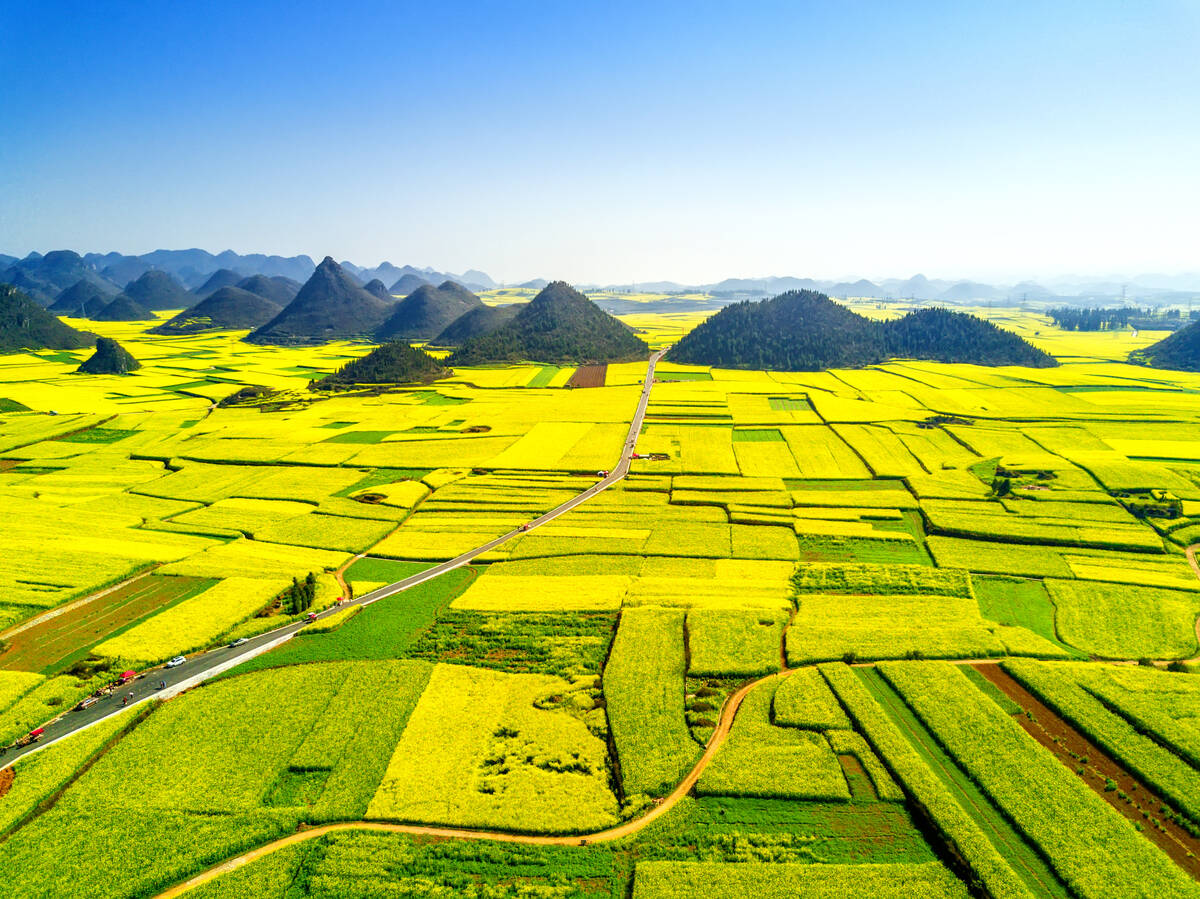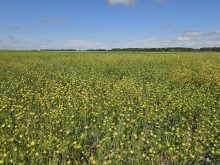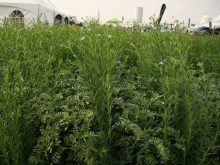SASKATOON — Flax stocks are low in the Black Sea region, according to analysts.
Sergey Pluzhnikov, chief executive officer of Russian Pulses Analytics, said estimates vary about the size of Russia’s 2024 harvest.
Russia’s Federal State Statistics Service pegs the crop at 1.35 million tonnes, the second largest in the past five seasons, while traders think it is closer to 1.2 million. Farmers planted 4.12 million acres of the oilseed in 2024, 18 percent more than the previous year.
Read Also

Short rapeseed crop may put China in a bind
Industry thinks China’s rapeseed crop is way smaller than the official government estimate. The country’s canola imports will also be down, so there will be a lot of unmet demand.
“Flax exports have been very active and traders in the regions are already seeing very few effluents suitable for export,” Pluzhnikov said in a text message. “The stocks are low. We do not see an abundance of volumes.”
The average price in Russia is US$590 per tonne, but many farmers are holding out for $610 and above.
Russia’s farmers are steadily improving their flax agronomy by learning each other’s best practices from year-to-year. As the quality improves, so do the profits.
“Now we see steady demand from China, and this is stimulating production and trade,” he said.
Russia has displaced Canada as the top supplier to that market. It needs China because the European market has declined sharply due to duties and sanctions.
Pluzhnikov said the Altai region of Russia has “become a bright star” in the production and processing of pulses and oilseeds. It is the country’s top flax producer.
“I think this is just the beginning,” he said.
Russia is in the process of developing a domestic processing sector so it can ship out oil in addition to seed.
Kazakhstan is another big producer and exporter of flax. Prices in that country are up about 22 percent since the beginning of the year.
“The situation is caused by an extremely limited supply and the buyers’ efforts to secure the remaining volumes of raw material from agricultural producers,” according to a story published by APK-Inform.
Kazakhstan had 627,000 tonnes of flax stocks as of Jan. 1, 2025, according to government statistics. That is 25 percent below the same time a year ago.
Farmers harvested 760,000 tonnes of the crop last year, more than double the disastrous 361,000 tonnes harvested the previous year, but below the 2022 production of 845,600 tonnes, according to APK-Inform.
Last year’s rebound in production paved the way for improved exports in 2024-25. Kazakhstan shipped out 126,500 tonnes of the oilseed during the first quarter of the marketing campaign (September to November 2024), compared to 61,360 tonnes for the same period in 2023-24 and 132,100 tonnes the year before that. China, Belgium and Afghanistan were the top three customers.
It appears that Kazakhstani farmers are eager to reload their stocks so they can keep supplying those customers. APK-Inform reported that Kazakhstan’s agriculture minister said in February farmers will increase oilseed planting by 900,000 acres in 2025, with most of that going to canola and flax.
















